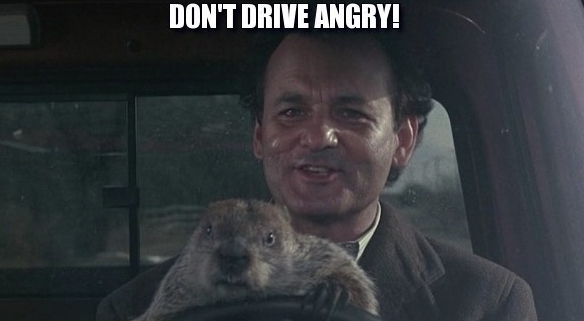It doesn’t matter if the vehicle you’re driving is new or old, big or small. There are preventive maintenance steps every vehicle owner can take to make sure their car is as “green” or environmentally friendly as possible.
By following a few simple preventive maintenance steps, you can help protect the environment by improving gas mileage, which in turn saves money at the pump.
- Keep your car properly tuned for optimum performance
A properly maintained vehicle can improve its efficiency, reduce emissions and save you money. Regular engine performance maintenance will help you burn less gas, pollute less, and prevent car trouble down the line. Improve gas mileage by 4% on a proper tune-up and up to 40% when fixing a serious maintenance problem such as a faulty oxygen sensor.
- Don’t drive angry
How you drive has a lot to do with fuel economy. Avoid sudden starts and stops and go the speed limit. Minimize unnecessary miles by combining errands in one trip. Drive wisely and minimize unnecessary miles by consolidating errands, getting good directions and avoiding excessive idling. Most cars lose fuel efficiency over 50 miles per hour (MPH) at a rate of about $0.24 per gallon for every 5 mph over 50. Aggressive driving (speeding, rapid acceleration and braking) can also reduce gas mileage – as much as 33 percent on the highway and 5 percent on city streets.
- Get the junk out of the trunk
With the exception of emergency items such as a spare tire and a first-aid kit, get the junk out of your trunk. Extra items weigh the vehicle down and cause an increase in gas usage.
- Have spark plugs checked and replaced
A vehicle can have four, six or eight spark plugs, which fire as many as three million times every 1,000 miles. This results in a lot of heat, electrical, and chemical erosion. A dirty spark plug also causes misfiring, which wastes fuel. Wasting fuel is expensive.
- Check tire pressure
Proper tire pressure can improve gas mileage by 3.3 percent or 10 cents per gallon. Tires that are not properly inflated add rolling resistance that makes the engine work harder to move the vehicle. Remember, tires can lose pressure due to seasonal temperature changes. According to the Rubber Manufacturer’s Association, a tire can lose up to half of its inflation pressure and not appear to be flat. Optimal tire pressure for your vehicle is listed in the owner’s manual or on the car door sidewall.
- Stop topping off your fuel
When filling up your car, remember to stop when the nozzle shuts off. Topping off the gas tank can release harmful vapors into the environment and waste money. Your fuel tank needs some extra room to allow the gasoline to expand. Replacing your car’s fuel filter every two years (or 24,000 miles) and having your fuel injectors flushed our every 30,000 miles will not only have a cleaner, ‘greener’ car, but you will save money at the pump.
Give L & T Auto Repair a call at 269-858-3008 about keeping your car or truck green and save at the pump!








